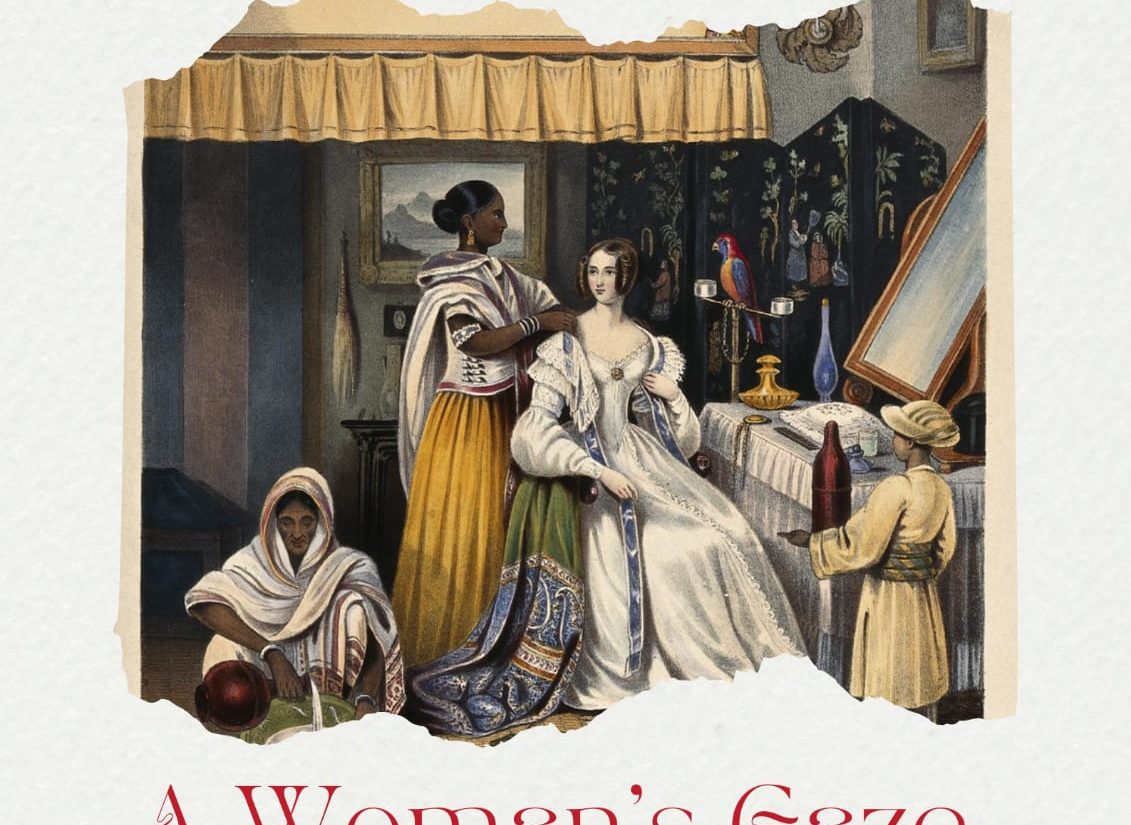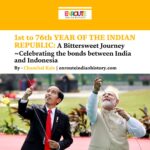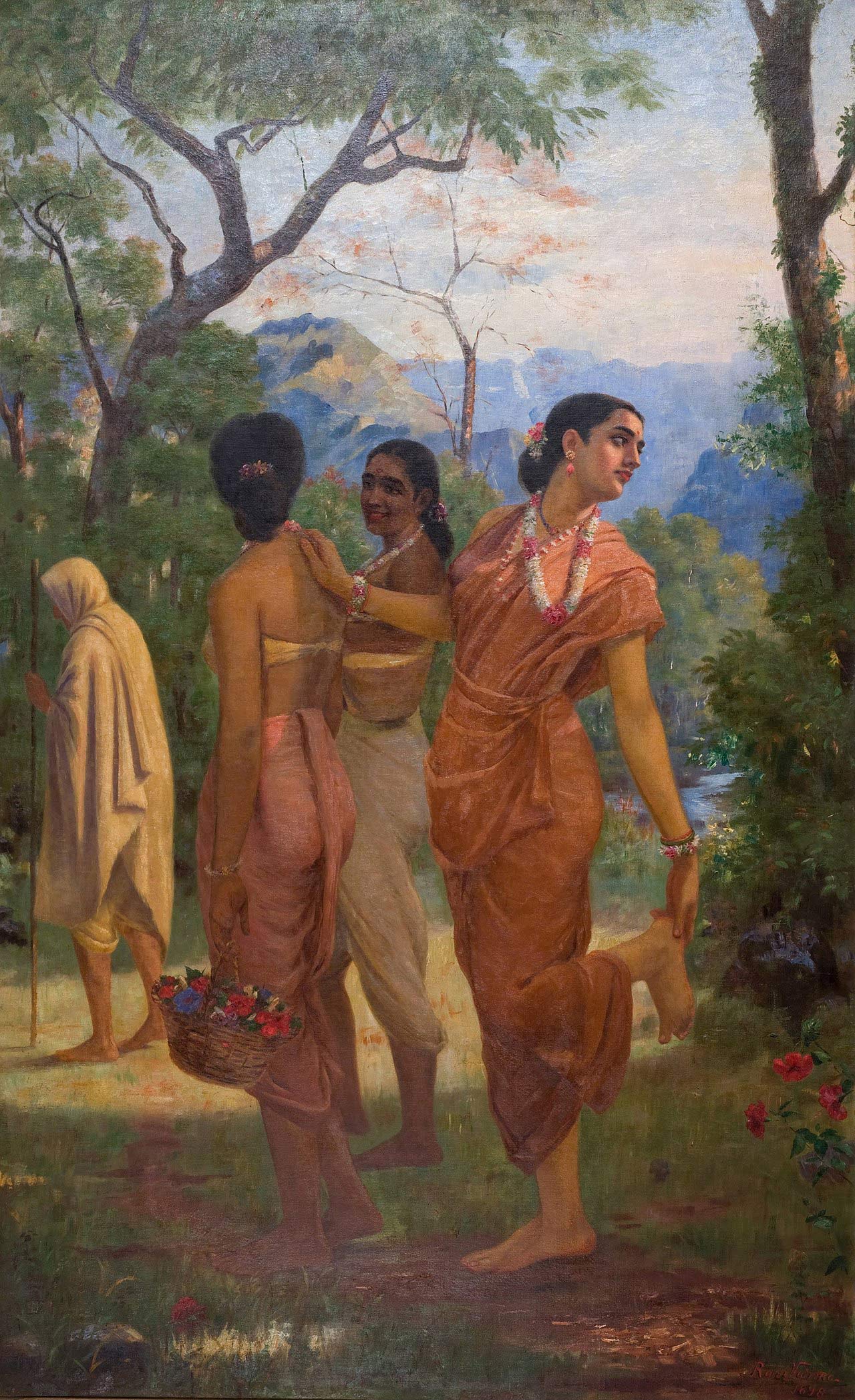
Article by EIH Researcher and Writer
Anupam Tripathi
We are not the only ones stuck with ‘log kya kahenge?’. This has been going on for centuries. However, recent scholarship has tried to focus on understanding what people thought of others through travel narratives, journal entries, memoirs, etc. Their insights not only inform us about what they have told us, but also help us to understand the writer and their history and culture. Women began to travel for many personal and political reasons. Some women tried to pursue a cause like missionary work, while others travelled to “exotic” countries to satisfy their personal curiosities. White women or Memsahibs were accepted into harems and zenanas, the homes of hundreds of oriental women. However, men were not allowed to enter these women’s apartments. This enabled women who had come abroad to study and gain experience in a field where men had no access. Much of the observations made by women traveling to the east related to indigenous peoples. Women viewed the people of the “Orient” from many different personal positions. Many conservative white women viewed Indian women in harems as sex-obsessed and crazy. The harem is undoubtedly the most prevalent symbol in western myths constructed around the theme of Muslim sexuality. They elaborate a myth of critical tyranny and located its essence in emperor’s harem.
Isabella Bird, a Memsahib writes:“I have lived in Zenanas, and have seen the daily life of the secluded woman, and I can speak from bitter experience of what their lives are–the intellect dwarfed, so that a woman of twenty or thirty years of age is more like a child of eight, intellectually; while all the worst passions of human nature are stimulated and developed to a Fearful degree: jealousy, envy, murderous hate, intrigue, running to such an extent that in some countries I have hardly ever been to a woman’s house without being asked for drugs with which to disfigure the favourite wife, or to take away the life of the favourite wife’s infant son.”
Mary Postan, another traveller, argues that the Indian way of living is lazy and fun-loving and therefore not suitable for the development of Indians.
Bird’s and Postan’s description of the native population makes Europeans appear superior in intelligence and morality. She sees the “childlike” Indian woman and believes that the Indians must be saved from their own demise. This is the one of the most common themes in the writings of Memsahibs.
This Gaze was not one- sided, Indian women, would also see and judge White women for their style, colour of their skin, way they talked. Zareer Masani in Indian tales of the Raj quotes Tara Ali Baig, an Indian Bengali Women on Indian women’s reactions to Englishwomen’s visits. The Indian women would say, “what kind of people are these? Look at those white arms; they look as if they haven’t been cooked. Why do they wear those peculiar things on their heads?” And the British women would leave the place saying, “Really, isn’t it shocking, these women are so backward…”
This helps us understand that knowledge generation has never been a one-way process. Both parties were necessary in order to create and disseminate new and old ideas.
BIBLIOGRAPHY
- Chatterjee, Kumkum. Europe Observed.
- Chatterjee, Partha. Five Hundered Years of Fear and Love.
- Fisher, Michael H. Counterflows to Colonialism.
- Ghosh, Indira. Women Travellers in Colonial India.
- Hyam, Ronald. Empire and Sexuality: the British Manchester: Manchester University Press, 1990.
- MacMillan, Margaret. Women of the Raj: The Mothers, Wives, and Daughters of the British Empire in London: Thames and Hudson.
- Mills, Sara. Discourses of Difference: An Analysis of Women travel writing and Colonialism. London: Routledge 1991.
- Levine, Philippa. Gender and Empire. Oxford: Oxford University Press, 2009.
- Pratt, Mary Louise. Imperial Eyes: Travel Writing and Transculturation. London: Routledge, Taylor & Francis Group, 2017.




















